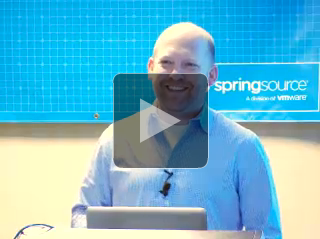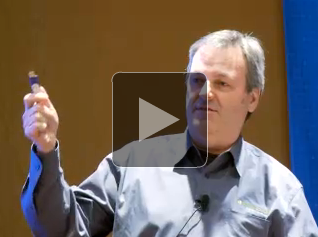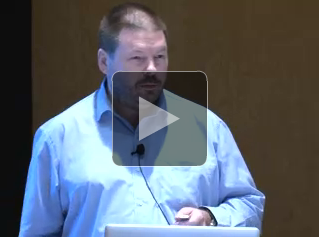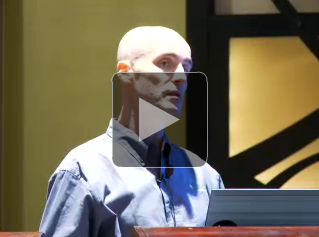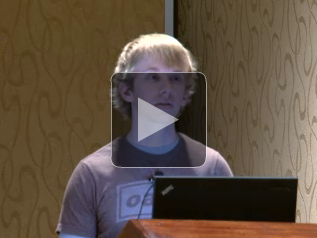Spring Social 1.0.2 Released
Dear Spring Community,
We are pleased to announce the release of Spring Social 1.0.2 and Spring Social Twitter 1.0.2!
Spring Social is an extension of the Spring Framework that enables you to connect your Java applications to Software-as-a-Service (SaaS) providers such as Facebook and Twitter.
These are primarily bug fix releases, but there are also a few small enhancements. Refer to the changelogs (Core | Twitter) for more details.
We're also excited to announce that Spring Social LinkedIn 1.0.0.M5 is now available and includes a more complete API binding. We are looking forward to your feedback as we bring Spring Social LinkedIn closer to a 1.0.0 GA release. (Thanks again to Robert Drysdale for contributing the Groups API binding, completing Spring Social's LinkedIn API binding!)
To get the software, download the release distribution (Core | Twitter) or simply add the maven artifacts to your project. To see it live, try out the quickstart and fire up the samples. Supplement as you go with information from the reference manual.
Spring Social requires Spring Framework 3.0.5 or > to run. We recommend Spring 3.1 for new applications to take advantage of the latest advances in the core framework. See the reference manual for a full description of dependencies.
